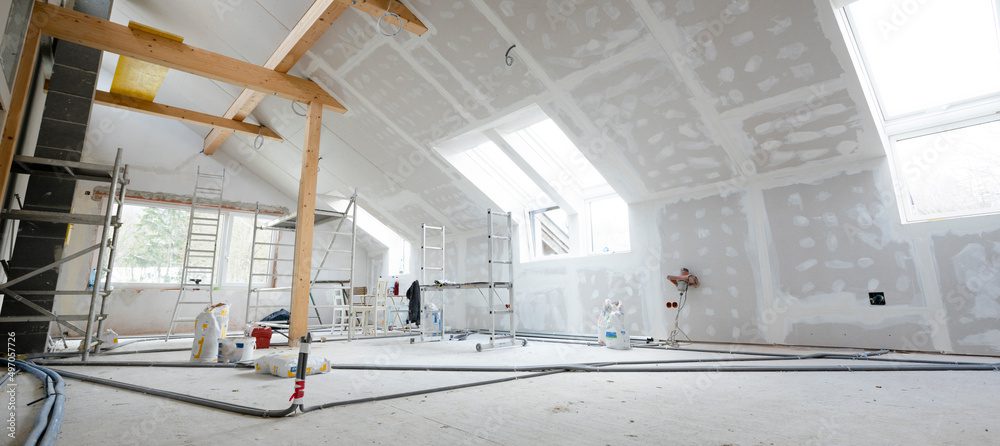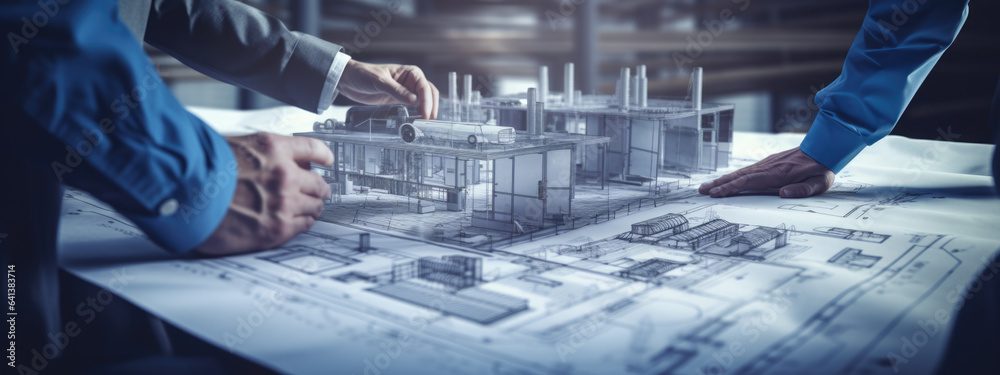Innovative Design Build Solutions
at Turner Tenant ServicesTTS optimizes the Design Build approach by merging design and construction phases, enhancing both efficiency and effectiveness. This strategy simplifies the project lifecycle, ensuring a seamless transition from conceptual design to final construction. Turner’s method emphasizes direct communication and a unified workflow, significantly reducing delays and budget overruns. With a focus on client-centric solutions, their experienced team delivers tailored results that not only meet but exceed expectations, underscoring a commitment to quality and customer satisfaction.
The Advantages of Design Build
Streamlined Process:
Design-build brings together design and construction phases under a single point of responsibility, facilitating a smoother, more coordinated project execution. This integration often results in a faster completion timeline compared to traditional project delivery methods.
Cost Savings:
The collaborative nature of design-build allows for more accurate cost estimates early in the project, reducing the likelihood of unexpected expenses. Furthermore, the efficiency of the process often leads to overall cost savings for the client.
Communication:
Having a single team for design and construction improves communication, as all parties are working towards the same goal from the start. This can lead to fewer misunderstandings and delays, ensuring a project that more closely aligns with the client’s vision.
Quality Control:
The design-build approach fosters a high level of quality control, as the team responsible for the design is also accountable for the construction. This can lead to better craftsmanship and attention to detail, resulting in a superior final product.
Why Choose Turner for Your Design Build Needs
Opting for Turner for your Design Build projects means engaging with a team that values efficient communication and a cohesive process from the initial concept to completion. Their method ensures your project needs are thoroughly understood and met, aiming to deliver outcomes that surpass your expectations. With Turner, your project gains from their extensive expertise and a committed team focused on achieving your project’s success.
Our Design Build Process
Turner’s Design Build process integrates planning, design, and construction phases, engaging clients from the initial concept. This collaborative approach ensures that your vision is central throughout, with decisions made in a timely and informed manner. By consolidating these steps under one team, the process aims for efficiency, aligning project goals closely with client expectations, and delivering quality results within set timelines and budgets.
- Conceptualization and Branding:
- Site Selection:
- Design Development:
- Permitting and Approvals:
- Construction Documentation:
- Description: This initial phase involves defining the store’s brand identity, target market, and overall concept. Decisions on the store’s theme, color scheme, and atmosphere are made to ensure the design aligns with the brand’s image and appeals to the target demographic.
- Importance: Creates a foundation for all subsequent design and construction decisions, ensuring a cohesive and brand-aligned customer experience.
- Description: Choosing the right location within a mall, hospital, airport, or strip mall based on foot traffic, visibility, and compatibility with the store’s target market.
- Importance: A strategic location can significantly impact the store’s accessibility and sales performance.
- Description: In this stage, architects and interior designers develop detailed drawings and plans for the store’s layout, including specifications for materials, lighting, fixtures, and furniture. This phase also involves ensuring compliance with local building codes and regulations, especially important in specialized environments like airports and hospitals.
- Importance: Detailed planning helps avoid costly changes during construction and ensures the store’s functionality and aesthetic appeal.
- Description: Obtaining necessary permits and approvals from local authorities and the management of the mall, hospital, airport, or strip mall. This step may include submitting design plans for review to ensure they meet all building codes and regulations.
- Importance: Ensures legal compliance and prevents project delays or fines.
- Description: Finalizing construction documents, including detailed drawings and specifications for contractors. This documentation serves as a guide for the construction process and includes technical details necessary for bidding and construction.
- Importance: Provides a clear roadmap for contractors, reducing misunderstandings and errors during construction.


